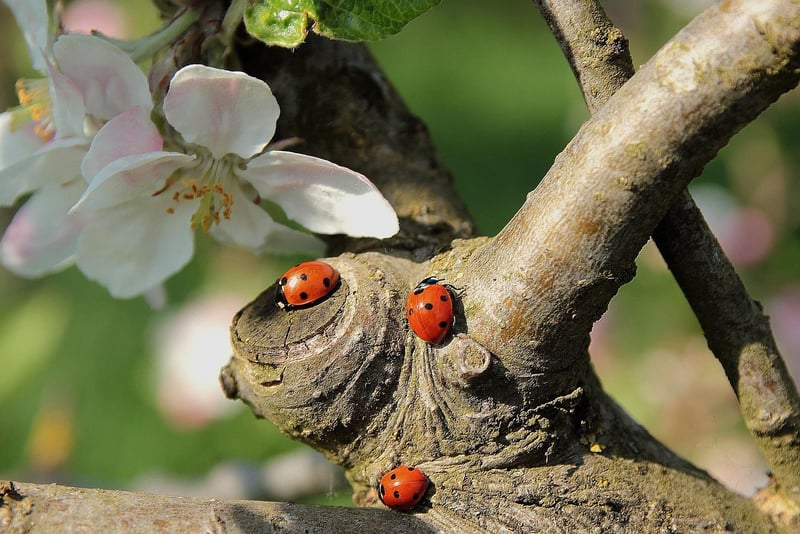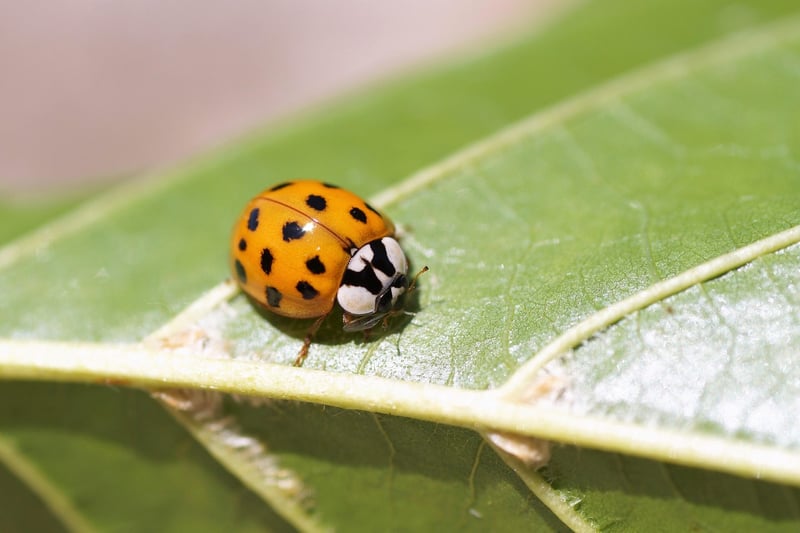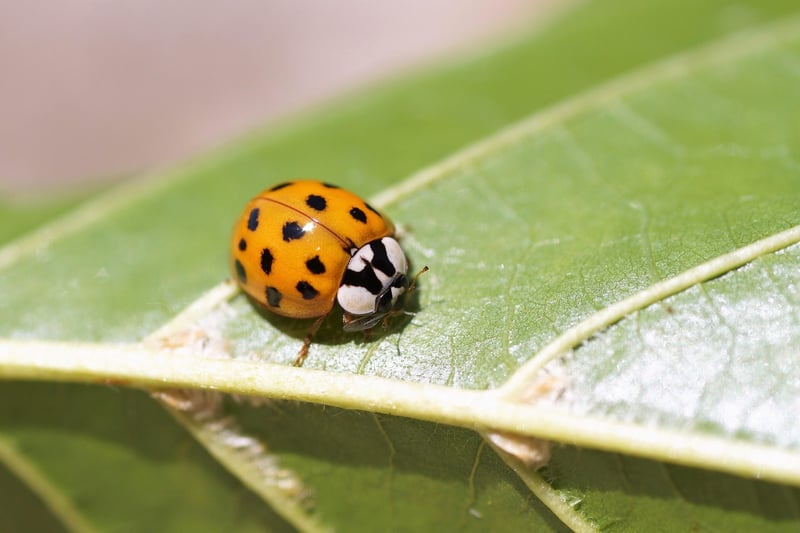Beneficial Insects
Protecting Your Plants with Beneficial Insects

When it comes to keeping your plants healthy and thriving, beneficial insects can be your best allies. These tiny creatures play a vital role in controlling pests that can damage your garden while avoiding the use of harmful chemicals.
Why Beneficial Insects?
Beneficial insects are natural predators that feed on common garden pests like aphids, caterpillars, and mites. By attracting these insects to your garden, you can create a balanced ecosystem where pest populations are kept in check.
Common Beneficial Insects
- Ladybugs: Known for their voracious appetite for aphids, mealybugs, and other soft-bodied insects.
- Praying Mantis: Effective hunters that prey on a wide range of garden pests.
- Lacewings: Their larvae feed on aphids, caterpillars, and other soft-bodied insects.
- Hoverflies: Their larvae consume aphids, mealybugs, and other small insects.
Attracting Beneficial Insects
Creating a welcoming environment for beneficial insects is key to their success in your garden. Here are some tips to attract them:
- Plant a diverse range of flowering plants to provide food sources for adult beneficial insects.
- Avoid using pesticides that can harm beneficial insects along with pests.
- Provide shelter for beneficial insects by incorporating plants with dense foliage or creating insect hotels.
- Use companion planting to attract beneficial insects that prey on specific pests.
Conclusion
By harnessing the power of beneficial insects, you can protect your plants in an eco-friendly and sustainable way. Encouraging these natural predators to thrive in your garden not only reduces the need for chemical interventions but also promotes a healthier and more balanced ecosystem.
Next time you spot a ladybug or a praying mantis in your garden, remember that they are nature's own pest control team working tirelessly to keep your plants safe and flourishing.

